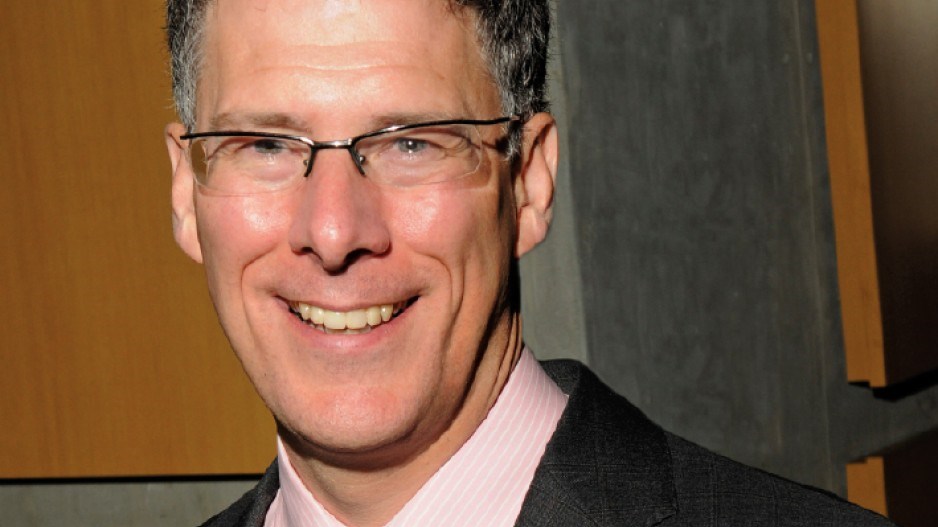BC charities might be missing key funding opportunities because they’re sticking to traditional fundraising models.
According to Malcolm Burrows, Scotiabank’s head of philanthropic services, “The dominant business model is often mass marketing or an events culture. But one of the big marketing trends out there is more micro-targeting: understanding who your [donor] is.”
While there has been a tighter focus in recent years on accountability and efficiency in the charitable sector, Burrows told Business in Vancouver that charities still need to concentrate on developing a strong relationship with donors to get a better understanding of their reasons for giving. While accountability and tax benefits can be important for some donors, he noted that most Canadians donate because they believe in a cause or feel a personal connection to an issue.
“A lot of donors frankly are still very much rooted in basic relationships,” said Burrows. “Do they believe in the cause? Are they approached respectfully? Is there a good dialogue and is there good listening? In the charitable sector, it’s often forgotten. It’s amazing how many charities blitz donors with unthinking, often computer-generated solicitations, and then they’re surprised when donors get turned off.”
Targeting donor campaigns might be more expensive, but Burrows said that attracting talent into an organization with the right marketing skills is an efficient way to get the job done.
In addition, understanding the needs of the donor base will become increasingly important, because of a growing proportion of “invisible donors” who don’t crave recognition but remain committed, consistent supporters from a distance for years.
Now that the federal government has funded the Charity Focus program, which makes it easier for the public to review a charity’s filings, Burrows said those public filings with the Canada Revenue Agency will increasingly become a key tool. Rather than seeing the filing as an obligatory expense, Burrows said it’s valuable to see it as an important marketing tool.
“I’m not saying every donor is data driven, but to ignore communicating around your data is to miss out on a major trend right now.
“If you can really develop understanding and trust, cost is less of an issue. If donors see the benefits and understand the numbers and feel it’s an open, transparent process, then it’s fine.”
Burrows added that having a consistent message and providing regular communication showing a charity’s impact will become increasingly important. He noted that the average age of Canadian donors continues to rise along with the aging baby-boomer demographic. That has already led to a rise in bequests, which he noted have become close to 15% of charity revenue in Canada and will continue to grow.
But Burrows said charities need to remain consistent and principled.
“It’s the basic stuff that donors respond to. I’ve seen charities taken out of people’s wills, just because they don’t like certain statements from leadership or they feel leadership is wasteful. Donors are watching.”
B.C. donors below average
B.C. residents are not the most generous bunch in Canada.
According to BMO Harris Private Banking’s second annual philanthropy report, British Columbians donated $512 on average thus far this year. That puts B.C. second to last in the study of seven provinces, ahead of Quebec ($129), in terms of the amount they give.
Ontarians were the most generous. They donated $778 on average, giving more than the residents of Manitoba and Saskatchewan (combined average of $751), Atlantic Canadians ($616) and Albertans ($558). The average donation was $557.
Health and medical charities remained the most popular causes supported by Canadians. They were followed by anti-poverty organizations, animal welfare and education-focused charities.




